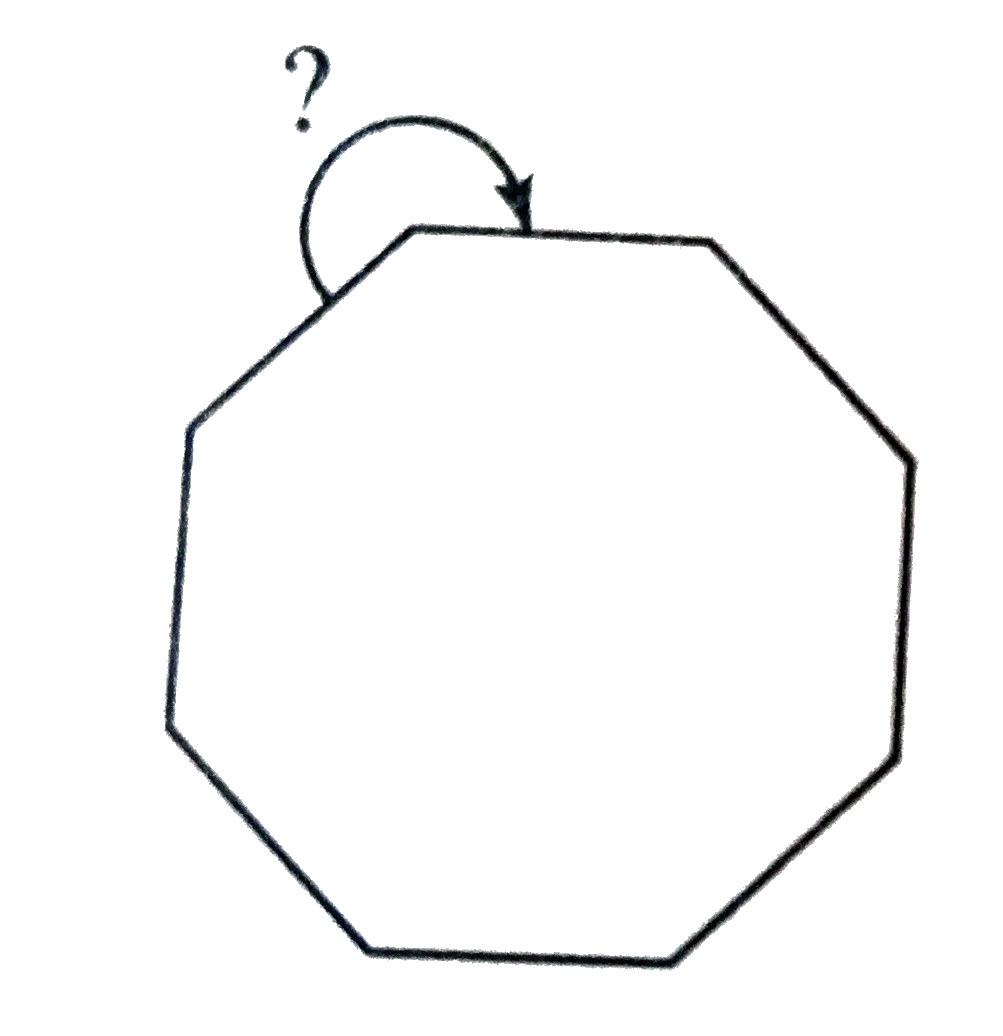a) What is the sum of the outer angles of . a regular.polygon having n sides?
b) If the measure of one outer angle is xσ, write the relatiori' between x and' n as an.equation.
c) Whether x and n are in direct or inverse. proportion?
d) What is the proportionality cónstant?
a) 360∘
b) nx=360∘r
c) x and n are in director inverse proportion.
d) 360∘
Topper's Solved these Questions
Similar Questions
Knowledge Check
The measure of the sum of the interior angles of a regular n-sided polygon is (n-2)180∘. A regular octagon is shown below. What is the measure of the designated angle ?
 A135∘B144∘C200∘D225∘
A135∘B144∘C200∘D225∘
If measures opposite angles of a parallelogram are (60−x)∘and(3x−4)∘ , then find the measure of angles of the parallelogram.
View SolutionIf measures opposite angles of a parallelogram are (60−x)0and (3x−4)0 , then find the measure of angles of the parallelogram.
View SolutionTwo opposite angles of a parallelogram are (3x−2)0 and (50−x)0. Find the measure of each angle of the parallelogram.
View SolutionTwo opposite angles of a parallelogram are (3x−2)0 and (50−x)0. Find the measure of each angle of the parallelogram.
View SolutionRemark 2 if there is a regular polygon of n sides (n≥3) then its each interior angle is equal to (2n−4n)right angles i.e.((2 n-4)/(n)x 90).
View SolutionIf a and b denote the sum of the coefficients in the expansions of (1−3x+10x2)nand (1+x2)n respectively, then write the relation between a and b.
View SolutionIf a and b denote the sum of the coefficients in the expansions of (1−3x+10x2)nand (1+x2)n respectively, then write the relation between a and b.
View Solution
